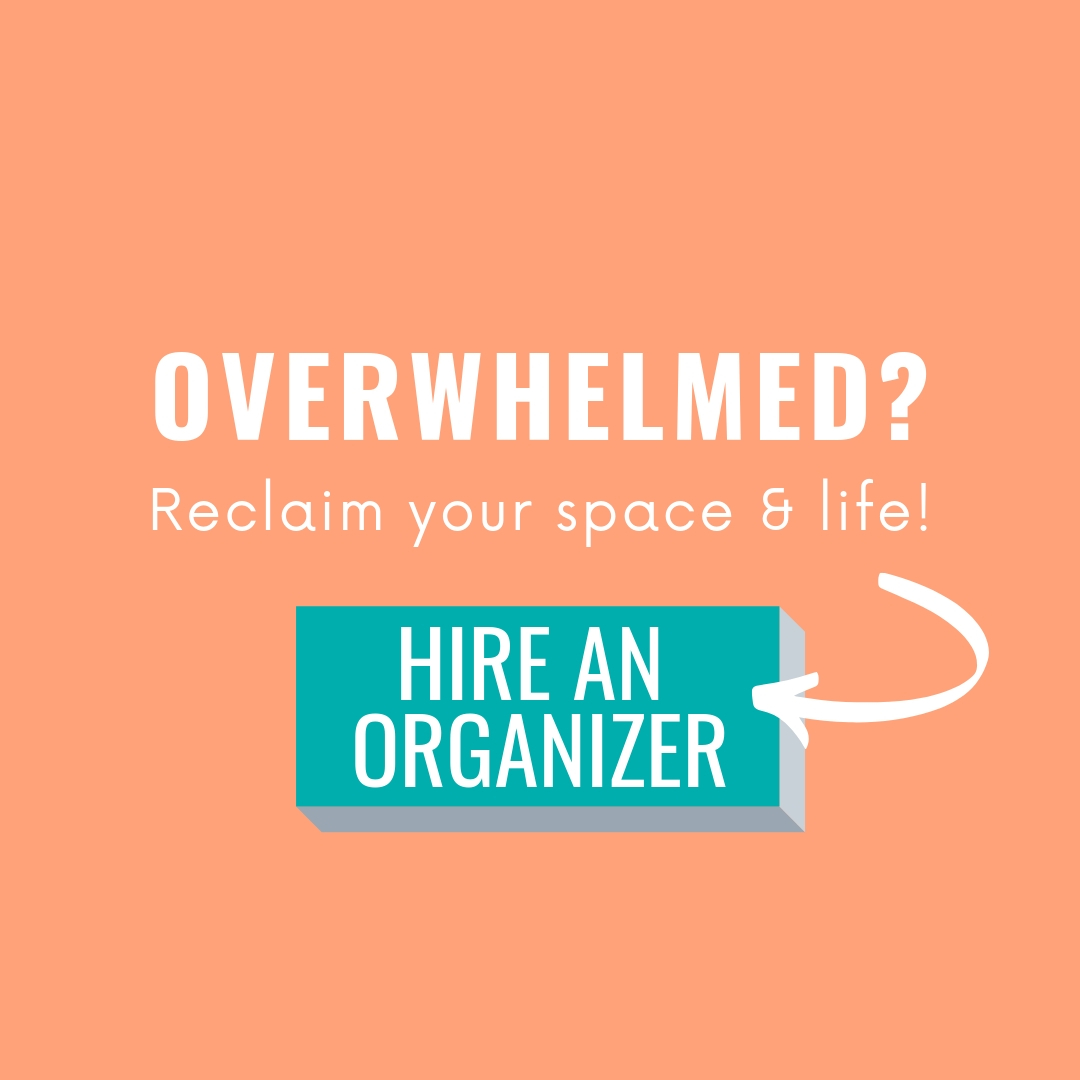[This article originally appeared on uExpress]

Image courtesy of Unsplash and Ewa Stepkowska
An out-of-work computer programmer of 62 — widowed just last year — is facing a looming deadline. To preserve what’s left of her retirement nest egg, which she’s drawing down to make mortgage payments, she must sell her sprawling lakefront contemporary as soon as possible.
Making things even more difficult, the house is a repository for a vast number of items she and her engineer husband accumulated during their three decades living there.
The widow in this true story feels overwhelmed by the need to winnow down her possessions. But if she fails to do so, her real estate agent tells her, she’ll have to let go of her property at a sacrificial price.
Vicki Norris, the owner of a professional organizing firm and author of “Restoring Order to Your Home,” says it’s essential to set a timeline for a decluttering project that gives the maximum latitude.
In setting a timeline, Norris recommends that home sellers establish a target date by which time they must have their place ready for market. Then break the project down into small pieces and work backward, setting weekly deadlines for the tasks that must be accomplished.
Here are a few pointers for downsizers:
1: Get an overview of your clutter situation.
Homeowners who do a thorough inventory of their clutter problem before attempting to solve it tend to be more efficient, says Dorcas Helfant, a former president of the National Association of Realtors (realtor.org).
The real estate agent you’ve chosen to list your property can be helpful in assessing the nature and scope of your clutter issues, according to Helfant. With the agent, list the furnishings and caches of belongings that should be banished before your house is shown to visitors. Or do this cataloging on your own.
2: Develop an action plan.
Rather than proceeding helter-skelter, those who are efficient at decluttering often begin with an overall plan, says Mark Nash, a long-time broker and author of “1001 Tips For Buying and Selling a Home.”
As a beginning step, he recommends you plot the space in your new property before deciding on the volume of items you can move. This assumes, of course, that you’ve already picked out your next home.
It’s not only downsizers who can benefit from an illustration showing their new space, Nash says. All those planning a move can become more focused once they know what will and won’t fit well in their next place.
3: Sort your accumulations systematically.
As a preliminary step, Nash advocates that you sort similar items.
“Collect all those pesky things you continue to buy because you can’t find the first, second or third one you bought or because at the store you couldn’t remember if you have any. After you discover the rampant duplication, it’s easy to edit,” he says.
Once you have the items in any given room categorized, use what Nash calls the “three-box system” to plough through them quickly. One box should be labeled “keep,” a second “give away or sell,” and a third “I don’t know.”
To increase your momentum, immediately make arrangements to have your “give away or sell” items carted off. This allows you more room to cull through the possessions from the “I don’t know” box that will require more scrutiny.
4: Make full use of trash and recycling containers.
For those who must go through the decluttering process in a hurry, there are many rewards associated with the liberal use of trash and recycling receptacles.
When picking through piles of clothing, one rule of thumb is: “If you haven’t worn it in a year, get rid of it,” according to Nash, who also encourages you to free yourself of many old electronic devices.
5: Seek out help from friends, relatives or paid assistants.
Under the best of circumstances, decluttering can be laborious, time-consuming and physically exhausting — especially if you’ve resided in your home for many years. Thus, Nash strongly advocates that hurried home sellers enlist the support of friends, relatives or neighbors.
If there’s no one in your circle you’d feel comfortable recruiting, you can often find reasonably priced assistance by posting a job ad. In many cases, high school or college students are eager to do this work, Nash says.
“You might want to hire a professional organizer to get you going. But often they’re too expensive to do all the intricate work you need to get done,” he says.
Norris recommends that those who lack the funds to hire help might consider bartering their services. For example, the widow with the lakefront house could offer her computer services in exchange for assistance sifting through her belongings.
“No one should have to singlehandedly take on such an overwhelming project,” Norris says.
-Ellen Martin James

Visit uExpress to see the original: http://www.uexpress.com/smart-moves/2016/4/13/downsizing-can-be-daunting
See the PDF here: uExpress – Downsizing Can Be Daunting 4.13.2016


